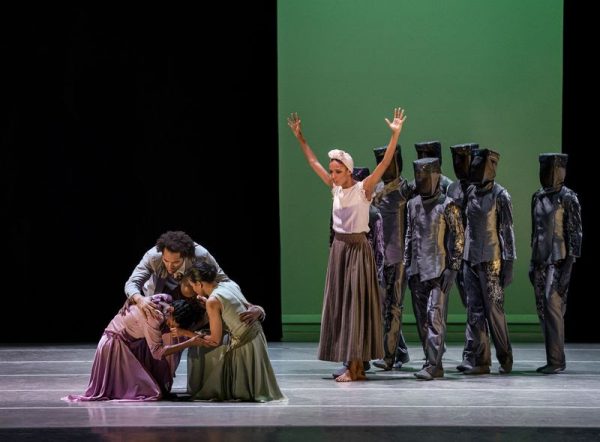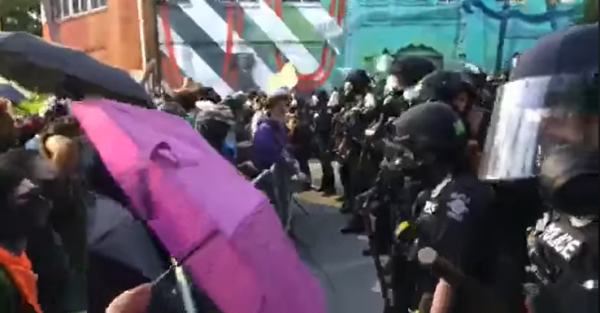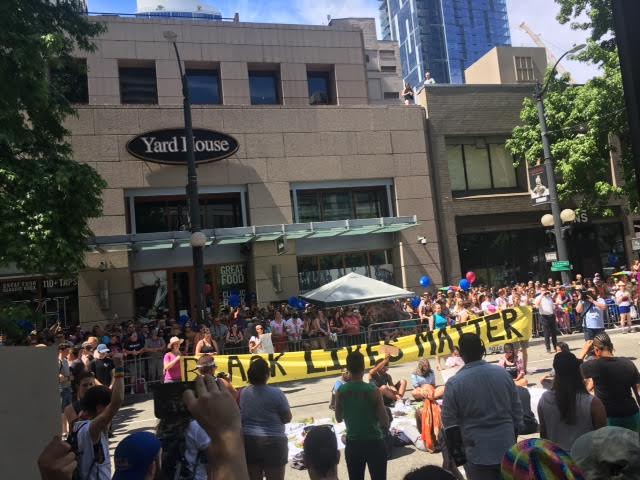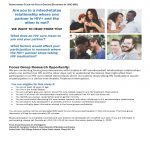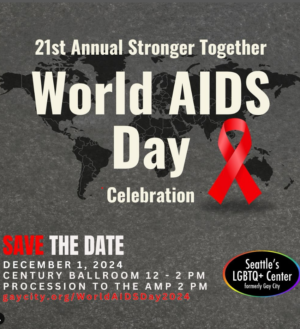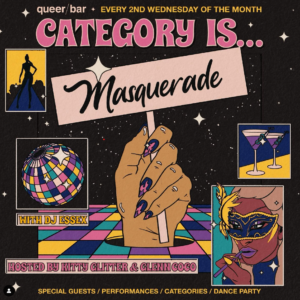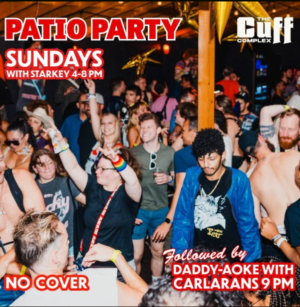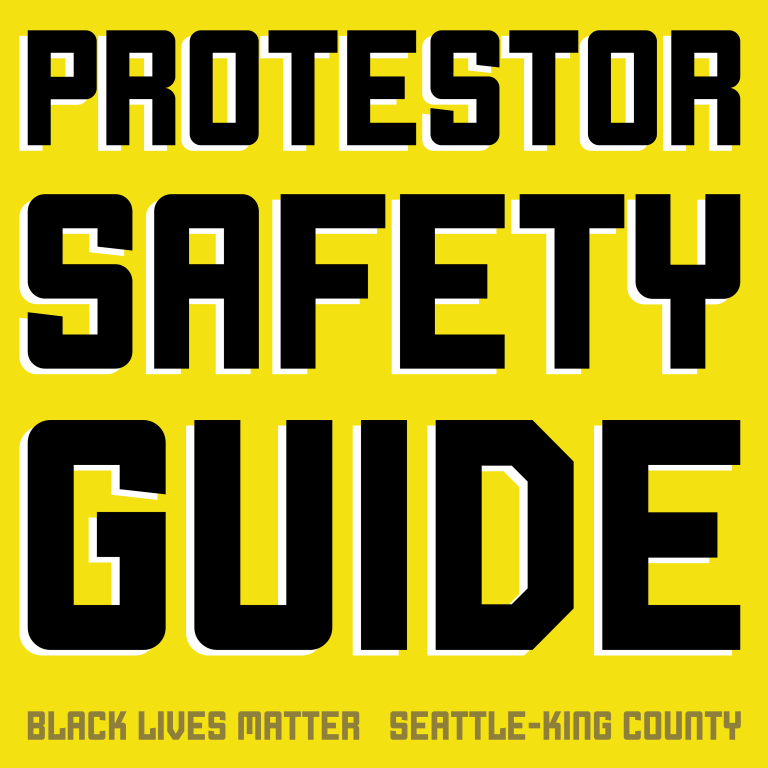
Do you feel like you want to physically take part in the current Black Lives Matter/Anti Police Violence demonstrations that are taking place in many cities in the United States including Seattle and Portland, Oregon? Here’s some guidelines via Black Lives Matter-Seattle. See more info at their website.
Phone Safety and Privacy
Basics:
- Charge your phone before leaving home.
- Clear off enough memory on your device to record plenty of photos and videos.
- If you have limited data or limited battery life, then use airplane mode to turn off data and location services, if needed, while still allowing you to take photos/videos as needed.
- Invest in a backup battery pack (also known as power banks) for your phone. Make sure it’s charged and bring the cables you’ll need to use it.
- Write down any phone numbers you’ll need if you get arrested. Write these numbers on your arm, so that you’ll have access to them even if your belongings are taken from you.
- If you have a lawyer, include their number.
- If you don’t, consider the number for the Seattle chapter of the National Lawyers Guild.
Security & Privacy:
- Lock your phone using a password, NOT a fingerprint. Law enforcement can legally compel you to give your thumbprint in order to unlock your phone without a warrant. However, they cannot make you give up your password.
- Turn off “above-the-login-screen” notifications.
- On iPhone, go to Settings > Notifications > Show Previews > When Unlocked or Never.
- On Android, go to Settings > Apps & Notifications > Notifications > Lock Screen > Sensitive Notifications > Turn Off.
- If you can’t find the settings, go to your Settings, scroll up, then type in a search for “notifications” or “lock screen.” Look for settings which hide notification details when your phone is locked.
- Install the Signal app and encourage everyone you will be protesting with to install it. It has end-to-end encryption and the option to make messages disappear after a few minutes. You can also put additional password protection to access the apps.
- Exhibit caution when using livestreams. Online posts may last forever and cops can request access to them. You could accidentally put a comrade in danger.
- On iPhone, police are known to look through your Significant Locations settings to find your home and work addresses. Turn off Significant Locations by going to Settings > Privacy > Location Services > System Services > Significant Locations > Turn Off.
- iPhone users can create special emergency shortcuts, as shown below, using the built-in Shortcuts app. Make sure any emergency shortcuts work before you need them, and practice launching them while in distracting situations.
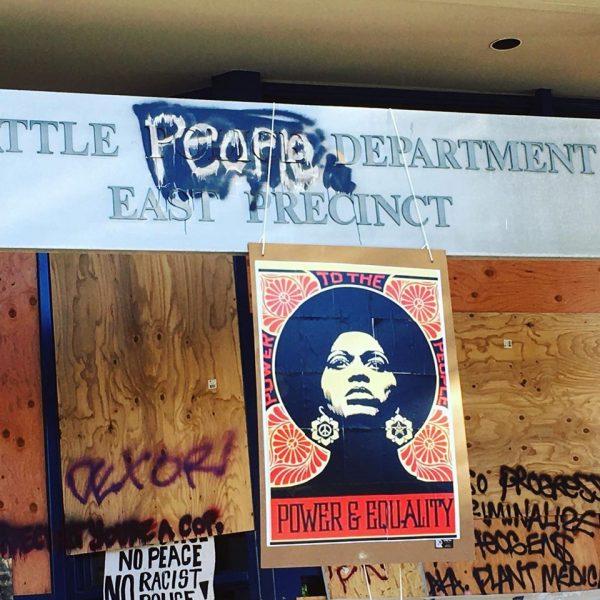
Prepare for Pepper Spray, Mace, and Tear Gas
There is a lot of conflicting information over what to pour on your face if you’re sprayed by a burning chemical.
- For your EYES:
- Either water or saline solution are universally recognized as safe.
- Milk, vinegar, and antacid solutions can cause potential damage to the eyes even if they help provide temporary relief from the burn – avoid them!
- Irrigate your eyes for 10 minutes with copious amounts of water or saline. Remove contact lenses before irrigating.
- Goggles can help protect your eyes, but the skin on your face may still be vulnerable to chemicals.
- For your SKIN:
- DO NOT TOUCH YOUR BURNING SKIN!
- Touching burning skin can unintentionally spread it to other parts of your body.
- Immediately irrigate the skin with water (and soap if possible) to remove the chemicals.
- Sensitive skin conditions can also make the effect of these chemicals worse. If you have sensitive skin, go the extra mile to cover up as much as possible.
- For your THROAT AND LUNGS
- Respiratory symptoms (coughing, feeling short of breath) are usually transient or temporary, and they are self-limiting or likely to resolve on their own without additional treatment.
- However, if you have underlying health conditions (for example, asthma), tear gas can cause bronchospasm. Bring your inhaler and use it as needed.
- Always shower after being exposed to any of these chemicals.
- Remove clothes. Bag them so as to not infect other clothing in your laundry basket. Wash them separately with strong detergent.
- Overall, effects of pepper spray/mace/tear gas should be self-limited, but 8% of people exposed can have severe toxicity requiring medical aid. If any of the above symptoms are not improved with time and water/saline wash, then consider medical care.
- Medics are usually present at every demonstration, or at least should be. Seek them out when you arrive. They have red crosses and red tape wrapped around their arms and legs. Yell “help” or “medic” for the most immediate care.
- The Rosehip Medic Collective is a great resource if you’d like to learn more about becoming a street medic yourself. They host medic training and can even show you how to use local plants to treat wounds.
Additional Sources:
- Answering Questions About Protests and COVID-19
- Tidwell RD, Wills BK. Tear Gas (Pepper Spray) Toxicity. [Updated 2020 Mar 15]. In: StatPearls [Internet]. Treasure Island (FL): StatPearls Publishing; 2020 Jan-.
- https://bmcpublichealth-biomedcentral-com.offcampus.lib.washington.edu/articles/10.1186/s12889-017-4814-6
Additional Safety Gear
- Wearing all black or clothing without distinguishable logos/monograms are useful for staying anonymous.
- Makeup and masks can confuse facial recognition software. Time to bring out the facepaints!
- Ear plugs can protect your ears from flash bombs, loudspeakers, and other loud sounds.
- Goggles can help protect your eyes from pepper spray and tear gas. However, pepper spray can still affect the exposed skin on your face and can spread to your lungs.
- Gas masks will keep your lungs safe, if accessible.
- A waterproof watch is a great way to keep time when it feels unsafe to reach for your phone.
- DO NOT BRING ANYTHING YOU DON’T WANT WITH YOU IF YOU ARE ARRESTED
- Anything with your private information.
- Anything that can be construed as a weapon.
- Jewelry, watches, sacred objects.
Filming Tips
- Camera crews are usually present at large demonstrations, but be cautious of who you give statements to. Certain media outlets, especially cable news, are notorious for misinterpreting and editing statements from protestors either for spectacle or for political gain. Feel free to decline or say “no comment” if you’re approached and if you aren’t sure how your information will be handled.
- Feel free to film what’s happening around you! Any little thing helps document the moment, but respect people’s right to privacy and security. Don’t be a cop. Don’t film uncovered faces without consent. Blur them before posting.
- Be aware that Seattle police can legally turn off their body cams during protests.
- Read Teen Vogue’s guide: “How to Safely and Ethically Film Police Misconduct.”
Police Interaction
- Cops will try to infiltrate your group to relay tactics and plans to their team. Be wary of members who are alone and asking you a lot of questions.
- Sometimes, they’re easily identifiable. If someone appears to be wearing a bulletproof vest at a peaceful protest, then they are most likely undercover.
- Cops will deploy members of a certain demographic that reflect the identities of protestors in an attempt to de-escalate the crowd.
- Insulting police and advancing towards police barricades affects everyone near the barricade. Think before you get everyone around you maced.
Group Dynamics
- Sometimes individuals members of a protest will try to take the lead and direct people. Use your judgement over whether their advice is sound or will cause more harm.
- Prioritize the voices of Black femmes and Trans-identified individuals.
- Don’t do ANYTHING you don’t feel safe doing, but also be willing to try new tactics.
- Recognize your power and privilege in emergency situations. Stick up for your communities of color. They will receive harsher punishments for doing exactly what White people are doing.
- If you arrive with a group, STAY WITH YOUR GROUP!
- Perform headcounts continuously to make sure everyone in your group is accounted for and safe.
- Link hands (gloved during Covid) or link arms if necessary.
- Tell members of your group where you are going if you head off alone. If you need to stray father then eyesight, go in pairs.
- Formulate a safety plan before marching in case any of your group members are separated. Pin a location on your phone. Write cross-streets on your arm. Anything!
- Using legal names can become unsafe. Figuring out codenames is fun (make sure to remember them).
- In light of Covid this tip is difficult, but stay close to your surrounding comrades. If enough distance is created amongst a big group of protestors, the police will try to separate them into different groups or, worse case scenario, smaller groups that they can then arrest.
- SLOW DOWN! People have differences in physical ability, movement, and stamina. Reducing the speed of the crowd can lessen overall fatigue and give everyone a chance to march longer.
Community Support
- Be aware of the community you’re in! Don’t damage the property of small businesses. Recognize who will be cleaning up your mess.
- Acknowledge your unhoused comrades. You are marching through their homes. Open your pockets if they’re deep. Give what you can, even if all you have is a smile.
- Invite people to join you along the way.
- Steer clear of White agitators causing escalation (or with unknown agendas) as much as you are able. They are either trying to cause harm to the cause or simply not thinking about the safety of others around them.
Emotional Health
- Witnessing trauma repeatedly affects mental health, especially for communities of color. Check in with friends, family, and community, but not before checking in with yourself.
- Never feel obligated to protest if it is seriously and negatively affecting your emotional, or physical, health. Your community needs you alive more than anything else.


